On a quiet Friday morning, an enormous blue whale, measuring 79 feet, washed ashore at Agate Beach in Bolinas, California. The sight was both jaw dropping and somber, drawing attention from locals and scientists alike.
Discovery and Initial Examination

Late on the Thursday evening, the Marine Mammal Center received reports of a large cetacean carcass near the shore. By Friday morning, the whale had come ashore, and a team of scientists from the Marine Mammal Center and the California Academy of Sciences arrived to examine it. The whale was identified as a sub-adult female, a rare and significant find given the endangered status of blue whales. The scientists collected initial samples of skin and blubber to begin their analysis.
Rare Opportunity for Study

Barbie Halaska, a research assistant at the Marine Mammal Center, emphasized the importance of this discovery. “We rarely have the opportunity to examine blue whales due to their endangered status. The chance to perform a necropsy on a carcass in such good condition will help contribute to our baseline data on the species,” she explained. Moreover the condition of the whale’s body provided a unique opportunity to gather valuable information about these majestic creatures.
Necropsy and Findings

On Saturday, the scientists returned to perform a full necropsy. Evidently their examination revealed that the whale likely died from a ship strike. The injuries included broken ribs, a fractured spine, and trauma to the skull, all indicative of a significant blunt force impact. “It is a tragedy that this whale’s story ended due to vessel collision,” Halaska noted. The findings highlight the ongoing risks that human activities pose to marine life, especially to large, endangered species like the blue whale.
The Whale’s History

This particular whale was not unknown to scientists. Its unique fluke markings matched those recorded in the Cascadia Research database, where it had been first spotted in 1999. Over the years, the whale had been seen at least eleven times, mostly near the Santa Barbara Channel. This history provided additional context for researchers studying the whale’s life and the circumstances leading to its death.
Wrapping Up with the Enormous Blue Whale That Washed Ashore In California

The washing ashore of a 79-foot blue whale on Agate Beach is a poignant reminder of the delicate balance between marine life and human activity. While the loss of such a magnificent creature is tragic, it also offers a valuable opportunity for scientific study and greater understanding of the species. As researchers continue their work, the hope is to learn more about these giants of the ocean and find ways to better protect them in the future.
What is the average size of a blue whale?
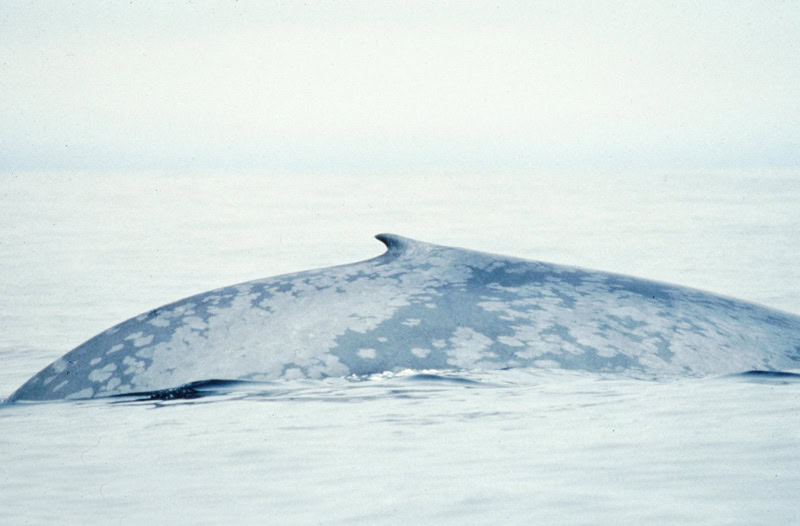
A blue whale can grow up to 100 feet long and weigh as much as 200 tons. These immense creatures are the largest animals known to have ever existed on Earth.
What do blue whales eat?
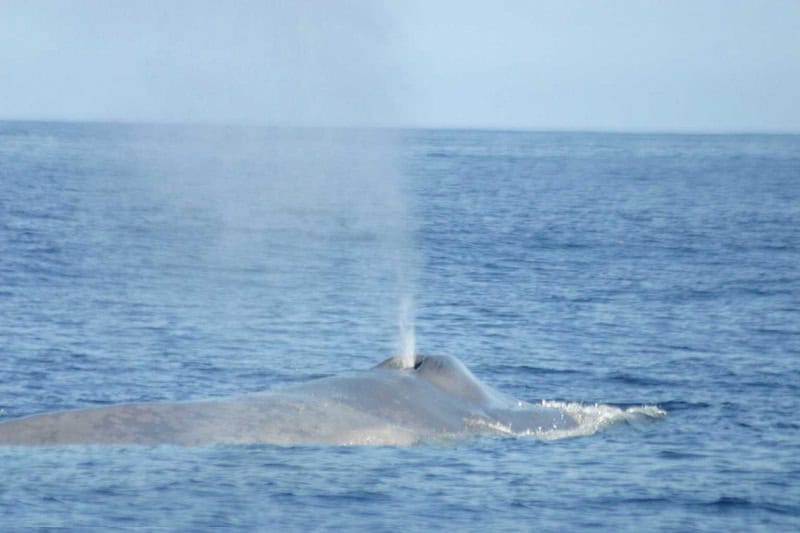
Blue whales primarily eat tiny shrimp-like animals called krill. During feeding season, they can consume up to 4 tons of krill each day, using their baleen plates to filter them from the water.
How long do blue whales live?
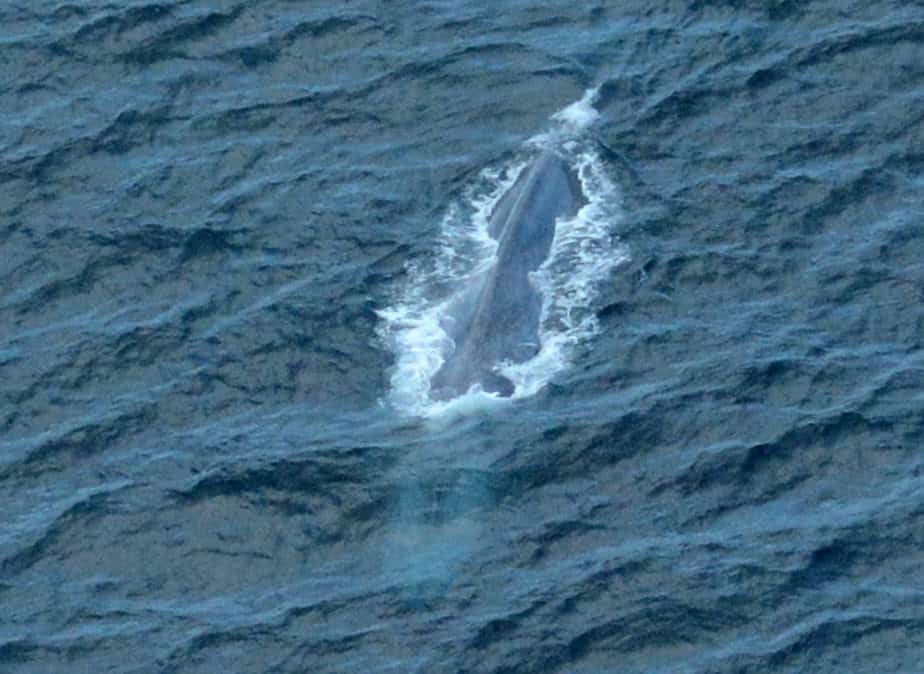
Blue whales have a lifespan of about 70 to 90 years. Some individuals have been known to live over 100 years, making them one of the longest-living marine mammals.
Where do blue whales live?

Blue whales are found in all the world’s oceans except the Arctic. They migrate long distances between their feeding grounds in polar waters and breeding grounds in tropical or subtropical waters.
How do blue whales communicate?

Blue whales communicate using low-frequency sounds that can travel great distances underwater. Correspondingly these sounds include moans, groans, and pulses, which can be heard by other whales hundreds of miles away.
What threats do blue whales face?

Evidently they face threats from ship strikes, entanglement in fishing gear and climate change, which affects their food supply. Unfortunately despite being protected, they remain endangered due to these ongoing risks.
How do blue whales reproduce?

Blue whales reach sexual maturity at around 10 years of age. Generally they typically give birth to a single calf after a gestation period of about 12 months. Calves are born in warmer waters.
How much do their calves weigh at birth?
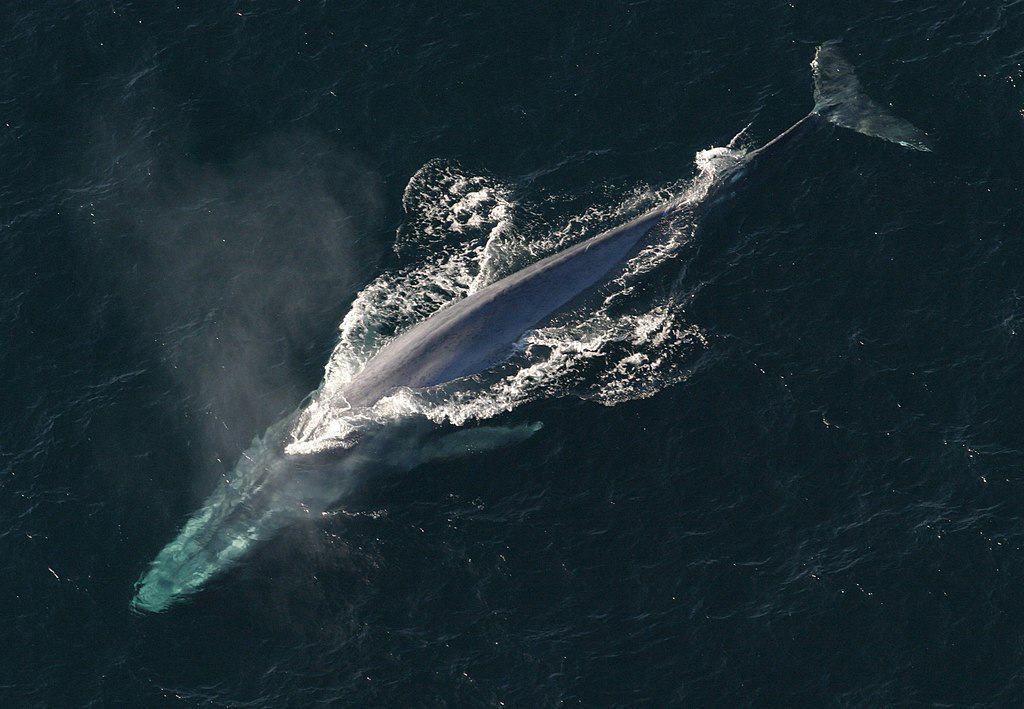
A newborn blue whale calf weighs about 2.5 to 3 tons and measures around 20 to 25 feet in length. Moreover the calf gains weight rapidly, nursing on its mother’s rich milk.
How do blue whales breathe?

Evidently they breathe through a pair of blowholes located on top of their heads. They come to the surface to breathe, expelling air forcefully, creating a spout that can be seen from a distance.
What is the population status of blue whales?

The blue whale population was severely reduced by whaling in the 20th century. Although they are now protected, their numbers remain low, with an estimated population of around 10,000 to 25,000 individuals.
How fast can they swim?

Blue whales typically swim at a speed of about 5 miles per hour but can accelerate to over 20 miles per hour when they are agitated or need to escape from danger.
How do blue whales filter their food?

Evidently they use baleen plates in their mouths to filter krill from the water. They take in large amounts of water and then push it out, trapping the krill on the baleen.
What is the loudest sound made?

Blue whales are among the loudest animals on Earth. Their calls can reach up to 188 decibels, which is louder than a jet engine and can travel across entire ocean basins.
How do they impact the marine ecosystem?
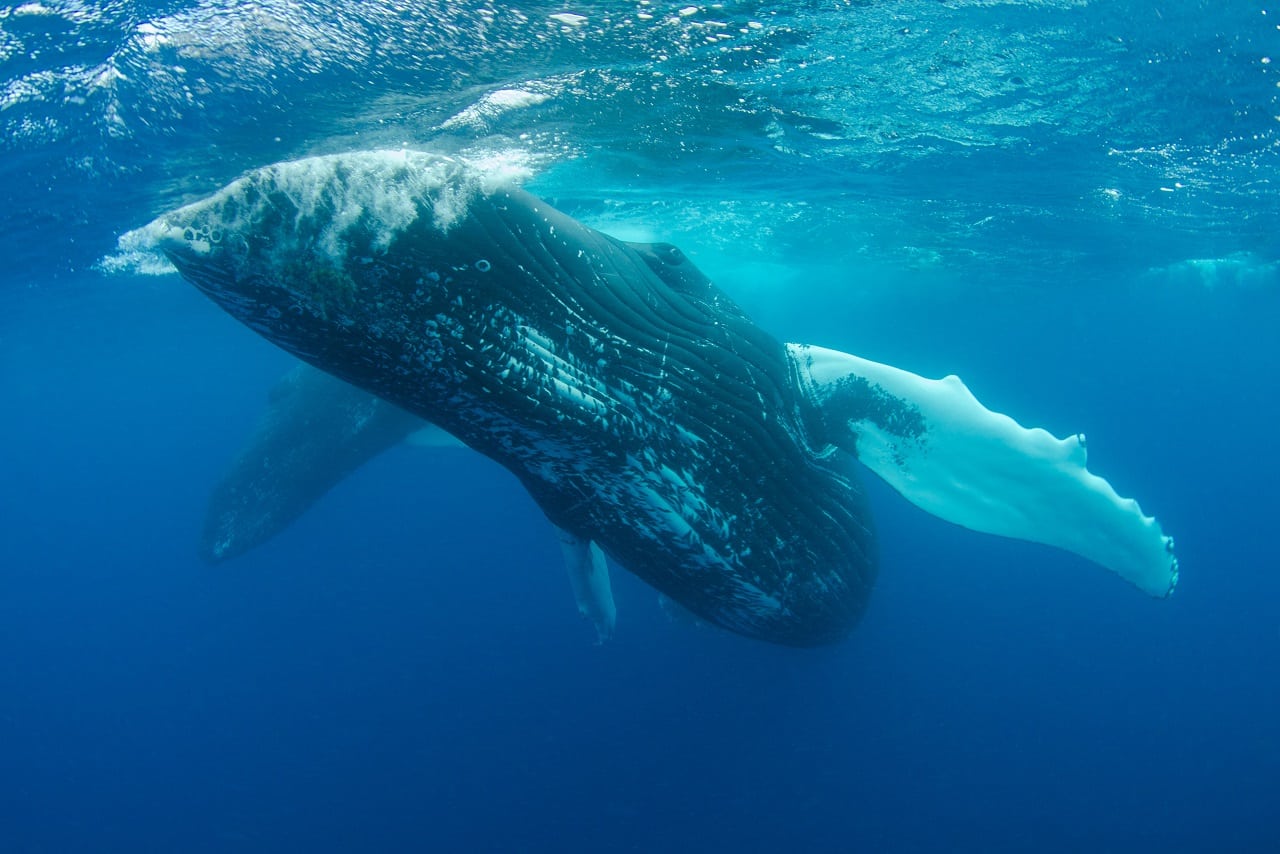
Evidently blue whales play a crucial role in the marine ecosystem. Moreover their feeding helps regulate krill populations and their fecal matter provides essential nutrients that support the growth of phytoplankton (the base of the ocean food web.)
Why are blue whales considered an endangered species?

They are considered endangered due to past commercial whaling that drastically reduced their population. Though whaling is now banned, they are still vulnerable to threats like ship strikes, pollution and climate change.
Let me know what you think of this Blue Whale in California story in the comments below!
Next up ~
- Exploring The World Of The Largest Sperm Whale
- Daring Rescue Mission to Save Stranded 10,000 pound Orca
Join our Forum for free today!


